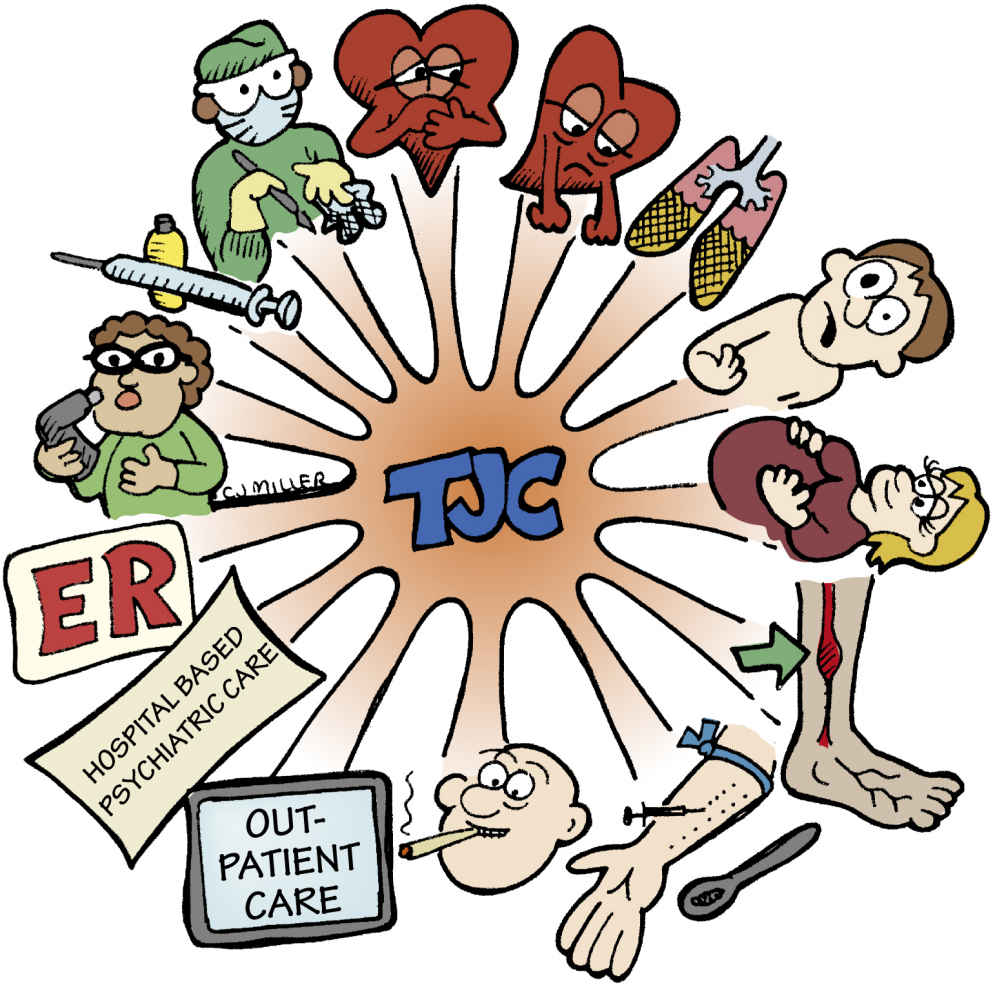

To create this code set, experts reviewed all ICD codes assigned as ED chief complaints over a three-year period.

Espino and Wagner (2001a) created a respiratory code set that includes 64 ICD codes.
Define sentinel plus#
This code set included codes for respiratory illness plus fever (780.6). Most of the codes in the set are symptoms of influenza. Miller and colleagues created an ILI code set that includes 31 ICD codes (Miller et al., 2004). They based this code set on the CDC sentinel surveillance definition of ILI, which is fever (body temperature measured in the office >37.8☌) plus cough or sore throat without a known cause. (2002) used a slight modification of ESSENCE code sets and also created an influenza-like illness ( ILI ) code set. The other code sets that researchers describe in the literature were created for research studies.įor example, Lazarus et al. At present, DoD-GEIS code sets are in use in the ESSENCE biosurveillance system (Lombardo et al., 2003) and the CDC/DoD code sets are in use in the National Bioterrorism Syndromic Surveillance Demonstration Program (Yih et al., 2004). No other code sets other than the DoD-GEIS and CDC/DoD code sets appear to be in use in a functioning biosurveillance system. Gesteland, in Handbook of Biosurveillance, 2006 3.1.3 Other Code Sets CPCSSN practitioners are likely not representative of family physicians therefore, CPCSSN needs to recruit more nonacademic practices, community clinics and practices that have a larger proportion of male providers. It is important to consider adjusting for age and sex when using CPCSSN data. CPCSSN sample practitioners were more likely to be under 45 years of age, more likely to be female and more likely to be in an academic practice. Among young adults (20-39 yr), 39.3% fewer men than women visited their primary care practitioner within 2 years.

Patients who were 65 years of age and older represented 20.4% of the CPCSSN sample but only represented 14.8% of the Canadian population (2011 census). Results were stratified by 5 clinically relevant age categories and sex, and male-to-female ratios were calculated. The CPCSSN provider sample in 2013 was compared with the 2013 National Physician Survey. In this cross-sectional study, we compared the 2013 CPCSSN patient sample with age and sex information from the 2011 census. Our main objective was to determine how representative the data for patients and primary care practitioners in the CPCSSN are when compared with the Canadian population. The Canadian Primary Care Sentinel Surveillance Network (CPCSSN) has established a national repository of primary care patient health data that is used for both surveillance and research. Richard Birtwhistle MD, in Canadian Medical Association Journal Open, 2016 Abstract Background


 0 kommentar(er)
0 kommentar(er)
